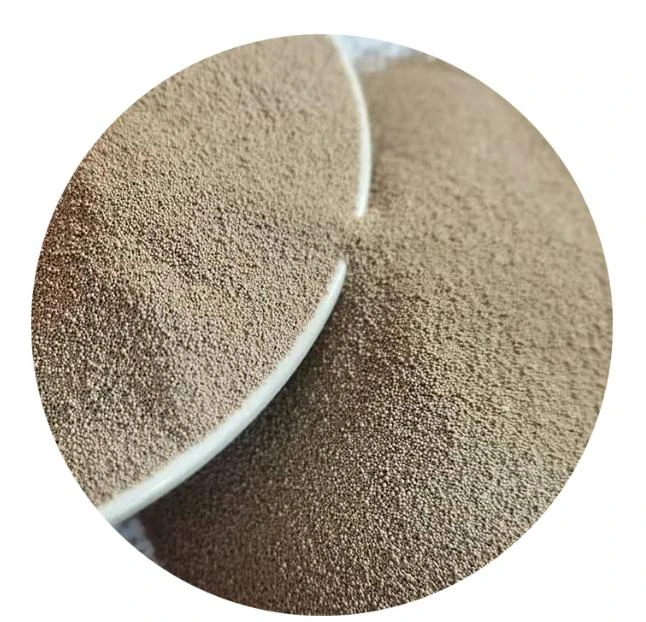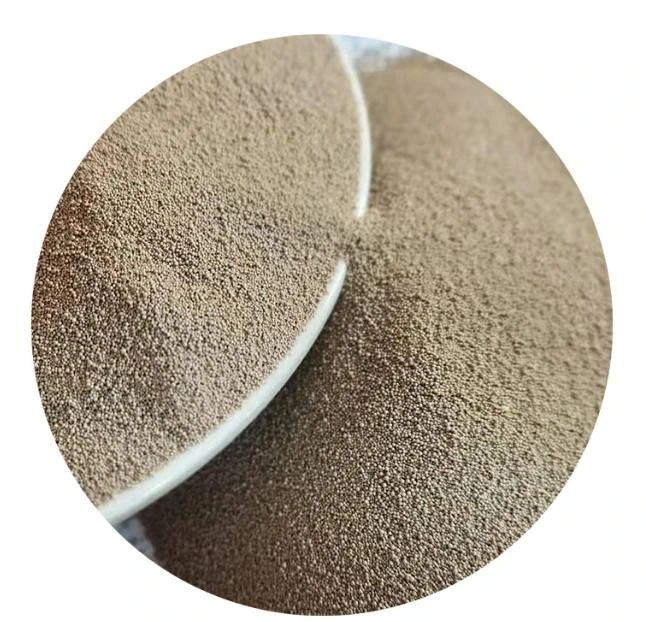

However, even with proper technique and material, one must approach ceramic sanding with patience. Rushing the process can lead to irreversible damage, especially with intricate or expensive pieces. The mantra here is slow and steady. By methodically sanding and frequently checking progress, one can ensure a smooth finish without compromising the integrity of the ceramic. One's environment must also be considered. Sanding ceramics generates fine dust, so proper ventilation or a dust extraction system is essential to maintain a clean workspace and protect one’s health. Moreover, wearing a dust mask and eye protection cannot be overstated, underscoring the importance of safety in handling ceramic materials. Lastly, after achieving the desired smoothness, it’s beneficial to finish the surface with a ceramic sealant or glaze. This not only enhances the aesthetic appeal but also adds an additional layer of protection against future wear and tear, demonstrating expertise and authority in giving finishing touches that prolong the ceramic’s lifespan. Overall, sanding ceramic is an art that combines the right materials, technique, patience, and safety measures. With these elements aligned, one can confidently navigate the nuances of this task and achieve a polished end result, thus establishing authority and trustworthiness in the domain of ceramic maintenance and craftsmanship. Post time:1月 . 09, 2025 12:27
Next:sand ceramic
